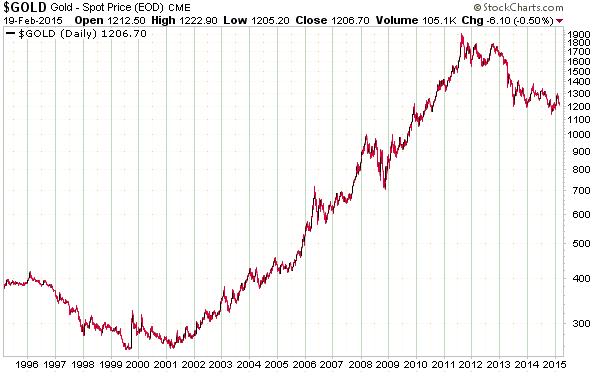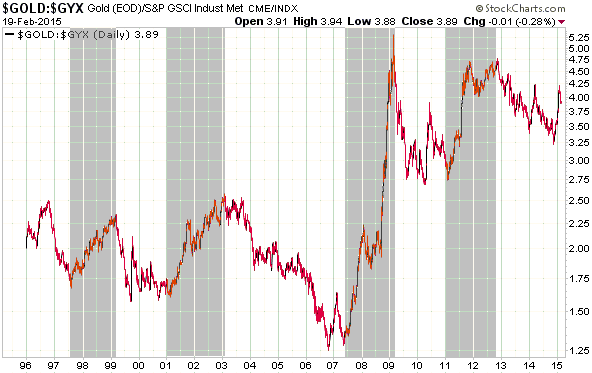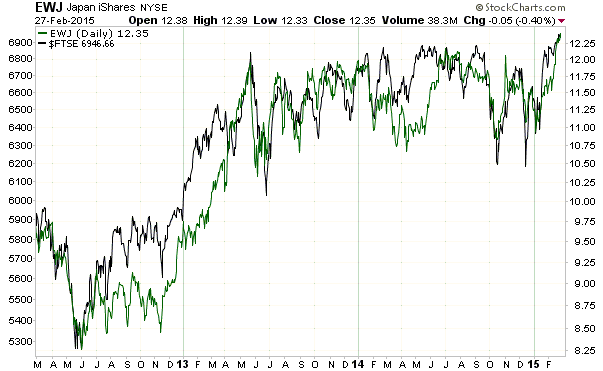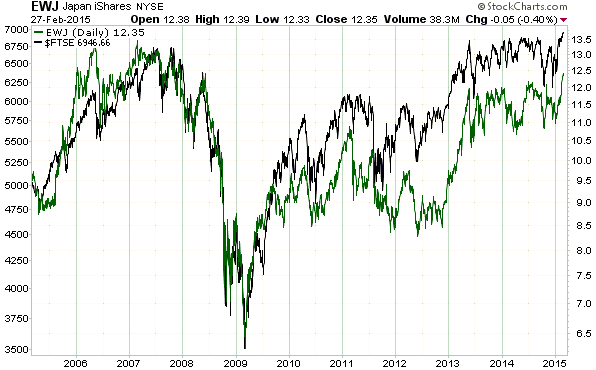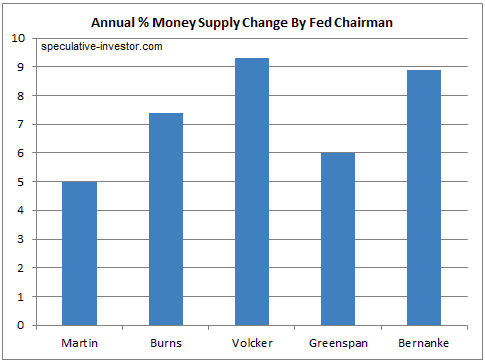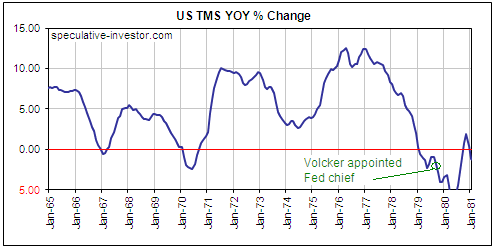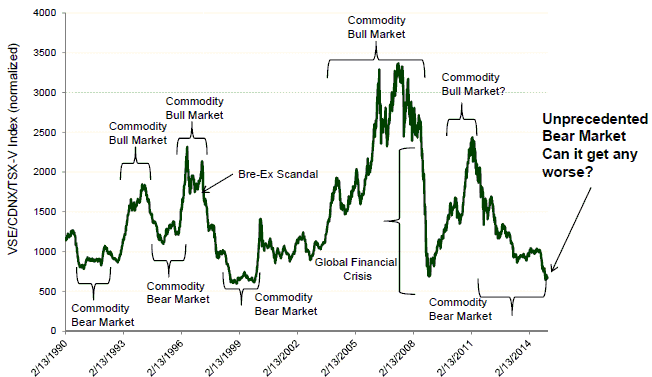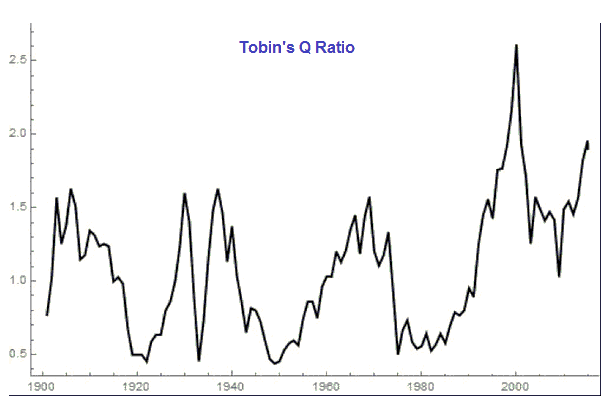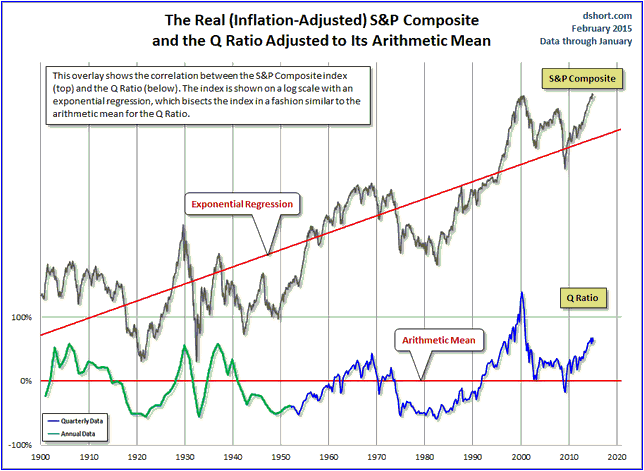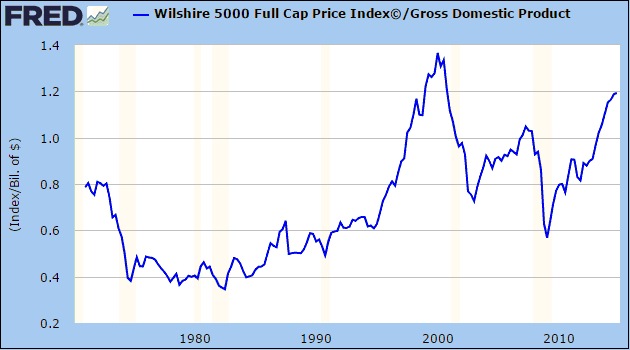The Wall Street Journal recently broke the story that there is evidence of banks attempting to manipulate the prices of gold and other precious metals. In other breaking news, evidence has emerged that the Earth revolves around the sun, that the Pope is Catholic, and that bears sometimes defecate in the woods.
Kid Dynamite is happy that regulators are finally taking note, as he has studiously documented evidence of upward manipulation of the gold price for years, to seemingly no avail. Actually, what he has done is show that the same sorts of price/volume changes in the gold futures market that are routinely put forward to ‘prove’ downward manipulation can also be used to ‘prove’ upward manipulation. By carefully mining the data it is possible to validate almost any theory, even a ridiculous one.
In any case, my purpose in writing this post is not to delve into the murky world of gold-market manipulation theories, but to point out that “manipulation” is often a poorly chosen word. To manipulate is to skillfully influence or change to one’s advantage. As such, manipulation could be a legitimate business practice. In the financial markets, for example, there is generally nothing ethically wrong with a private (meaning: non-government) trader buying or selling with the aim of influencing the price. Trading with the express purpose of driving the price up or down will usually not lead to a profit, but one person’s reasons for buying or selling are not the business of anyone else.
“Manipulation” therefore doesn’t imply “wrong” or “unfair”. Other words must consequently be used to distinguish between the manipulation that could form part of legitimate business practice and the manipulation that involves a violation of property rights and/or a breach of fiduciary duty. Fraud is a good word. For example, if banks siphon money from their customers to themselves by front-running their customers’ orders or by misusing information given to them in confidence by their customers, as was alleged in a lawsuit filed by a jewellery firm last November, then the banks are engaging in fraud, not just manipulation.
Manipulation is not inherently wrong. Fraud, by definition, is.
 Print This Post
Print This Post


